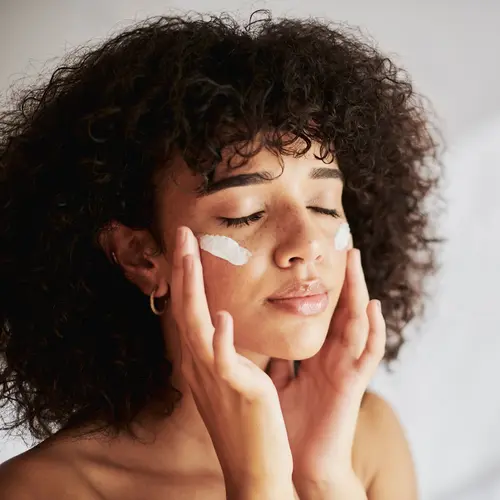Your skin reflects your health. To take care of it, you need to build healthy habits.
Stay clean. Wash your face twice a day -- once in the morning and once at night before you go to bed. After you cleanse your skin, follow with a toner and moisturizer. Toners help to remove fine traces of oil, dirt, and makeup you may have missed when cleansing. Look for a moisturizer geared toward your skin type -- dry, normal, or oily. Yes, even oily skin can benefit from a moisturizer.
Block the sun. Over time, exposure to ultraviolet (UV) radiation from the sun causes many changes in your skin:
- Age spots
- Benign (noncancerous) growths like seborrheic keratosis
- Color changes
- Freckles
- Precancerous or cancerous growths like basal cell carcinoma, squamous cell carcinoma, and melanoma
- Wrinkles
Most skin cancers come from sun exposure. Limit your time outside, especially between 10 a.m. and 2 p.m. Always wear a broad-spectrum sunscreen with the physical blocker zinc oxide and a sun protection factor (SPF) of 30 or greater. Wear protective clothing, like a long-sleeved shirt, pants, and a wide-brimmed hat.
Go to the pros. No one has perfect skin. Yours might be dry or oily. Or you could get rashes and acne. Talk to a skin expert, whether it’s an aesthetician at your local salon or a dermatologist, for more severe skin problems.
Check yourself. Pay attention to all parts of your skin so you'll notice any changes in moles or patches that might indicate skin cancer. Go to the doctor when you have a question.


